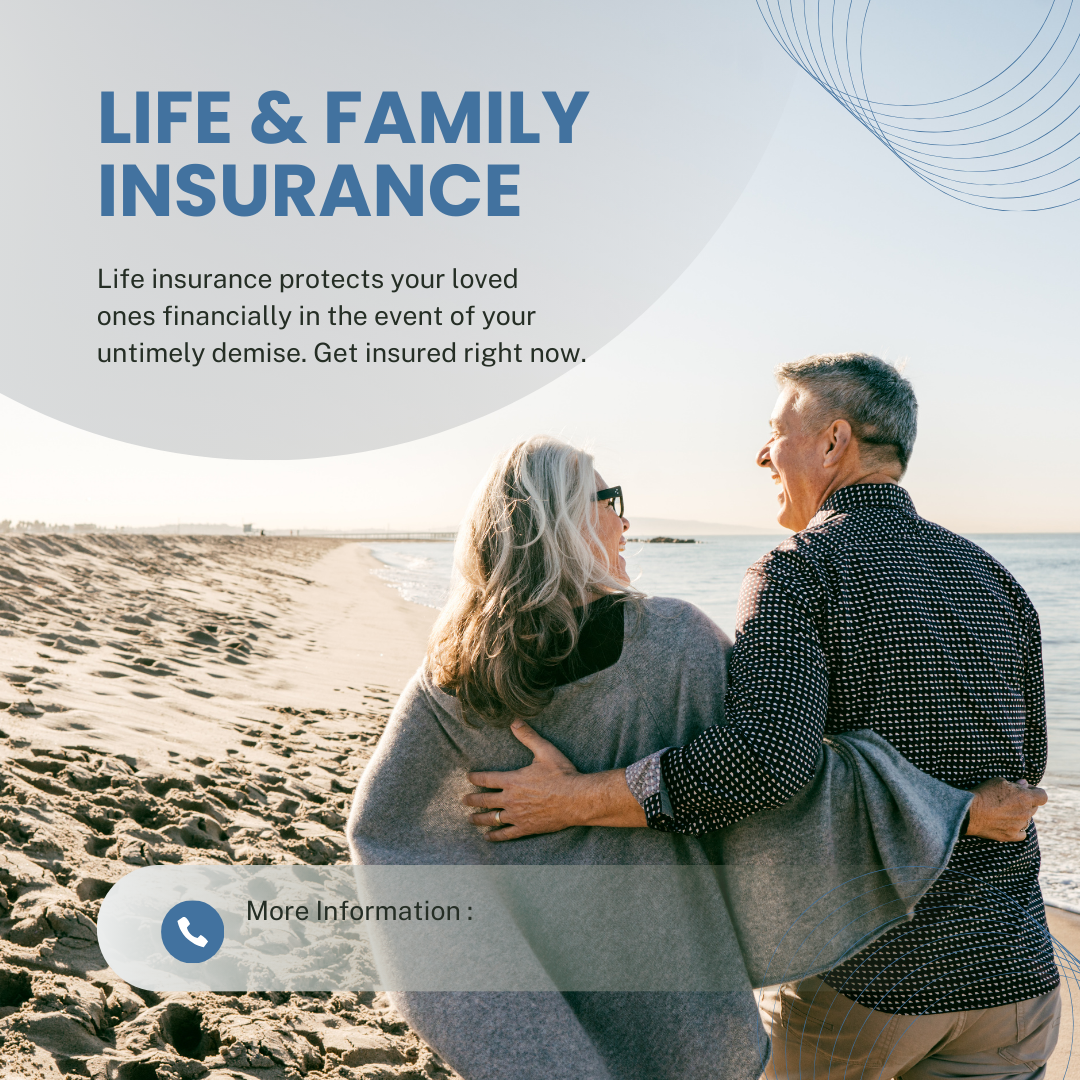When a medical emergency strikes, it often comes without warning. Whether it’s a sudden accident, a heart attack, or an unexpected illness, patients and families are left in shock, both emotionally and financially. In such situations, health insurance becomes more than just a policy – it becomes a lifeline. Having reliable health coverage ensures that patients can access immediate medical care without worrying about how to pay for it.
This blog explores the vital role of health insurance in emergency hospital visits, why it matters, and how it protects individuals and families during their most vulnerable moments.
🔹 Why Emergency Hospital Visits Are So Expensive
Emergency hospital visits are among the costliest forms of healthcare. Here’s why:
- 24/7 Availability – Emergency rooms operate round the clock with specialized staff.
- Specialist Care – Emergency cases often require immediate involvement of specialists such as cardiologists, neurologists, or surgeons.
- Advanced Equipment – Diagnostic tests like CT scans, MRIs, and lab work are often ordered on the spot.
- Immediate Procedures – Life-saving surgeries or critical treatments can cost thousands of dollars.
- Hospital Stay Charges – Even one night in an emergency ward can significantly raise bills.
💡 Without health insurance, these costs can put a family into debt overnight.
🔹 How Health Insurance Protects You in Emergencies
Health insurance ensures financial protection and timely access to care during emergencies. Some major benefits include:
✅ 1. Immediate Access to Treatment
- Patients can be admitted quickly without delays caused by payment concerns.
- Insurance coverage gives hospitals the confidence to begin life-saving treatment immediately.
✅ 2. Cashless Hospitalization
- Many hospitals have cashless tie-ups with insurers.
- Patients don’t need to pay upfront; the insurance company settles bills directly.
✅ 3. Coverage for Ambulance Services
- Most policies cover emergency ambulance charges, ensuring patients reach the hospital quickly.
✅ 4. Critical Care & ICU Coverage
- ICU charges can be overwhelming, but insurance takes care of daily ICU costs, ventilators, and other life-support systems.
✅ 5. Reduced Financial Stress on Families
- Families can focus on emotional support instead of worrying about arranging funds.
🔹 Real-Life Example: With vs. Without Health Insurance
Imagine two patients, both facing a sudden heart attack:
- Patient A (with health insurance):
- Gets admitted immediately.
- Receives angioplasty and medication worth thousands of dollars.
- Insurance covers 80–90% of expenses.
- Patient and family recover emotionally without financial burden.
- Patient B (without health insurance):
- Family struggles to arrange money.
- Treatment is delayed due to financial approval.
- Ends up with debt from loans or selling assets.
👉 Clearly, having insurance can be the difference between survival with dignity and financial devastation.
🔹 Key Features to Look for in Emergency Coverage
When choosing a health insurance plan, ensure it includes:
- Cashless emergency hospitalization
- Ambulance and ER coverage
- ICU and ventilator coverage
- Day-care procedures (treatments not requiring 24 hours stay)
- Coverage for pre-existing conditions
- Critical illness add-ons
💡 Always read the policy fine print and check hospital network lists.
🔹 The Psychological Comfort of Health Insurance
Health insurance is not only about money—it also brings peace of mind.
- Patients and families feel confident knowing they can access top-quality hospitals.
- Stress levels reduce, allowing quicker recovery.
- People are more likely to seek medical help early, preventing conditions from worsening.
🔹 How Insurance Supports Emergency Readmissions
Sometimes, patients need to return to the hospital within days or weeks of discharge. Insurance often covers:
- Follow-up treatments
- Emergency readmissions
- Post-hospitalization medications and diagnostics
This extended protection helps families avoid repeated expenses.
🔹 Common Misconceptions About Emergency Coverage
Many people avoid insurance due to myths. Let’s clear some:
- ❌ “I’m young, I don’t need health insurance.”
- ✅ Emergencies can happen to anyone at any age.
- ❌ “Insurance doesn’t cover emergencies.”
- ✅ Most policies prioritize emergency coverage, including ER and ICU.
- ❌ “Cashless treatment is always 100% free.”
- ✅ Insurance may not cover non-medical expenses like food, comfort items, or private room upgrades.
🔹 Why Health Insurance Matters More Than Ever
With rising hospital costs worldwide, insurance is no longer optional—it’s essential. Consider these facts:
- Average ER bill in the U.S. can exceed $2,000 to $5,000.
- A single surgery can cost $10,000 to $50,000 without insurance.
- Even in countries with public healthcare, private hospitals often require insurance for quick admission.
Health insurance ensures equal access to emergency care regardless of income level.
🔹 Tips to Make the Most of Your Insurance in Emergencies
- Keep your insurance card handy at all times.
- Save insurer helpline numbers in your phone.
- Know the nearest network hospitals in your city.
- Update your policy regularly to include dependents and new benefits.
- Maintain digital records of policy documents for quick access.
🔹 Final Thoughts
Emergency hospital visits are unpredictable and often overwhelming. But with health insurance by your side, you gain:
- Quick access to life-saving treatment
- Financial protection against huge medical bills
- Peace of mind for your entire family
In times of crisis, insurance is not just a policy—it’s your shield, your safety net, and your assurance that healthcare will be available when you need it most.
